VGX Inovio
A more efficient
DNA Vaccine
delivery device.
Type:
Design
UX/UI
Brand
Industry:
Medical
The Challenge
A pharmaceutical company needed us transform a basic animal-use- approved FDNA delivery system into a human-use-approved system.
The Impact
RKS, VGX and select vendors worked collaboratively as a single team to research, synthesize, design and engineer a new mobile hand piece, pulse generator, and disposable needle syringe system.
The Outcome
We humanized a multi-step process where five electrode needles and a syringe deliver DNA vaccines through electroporation.
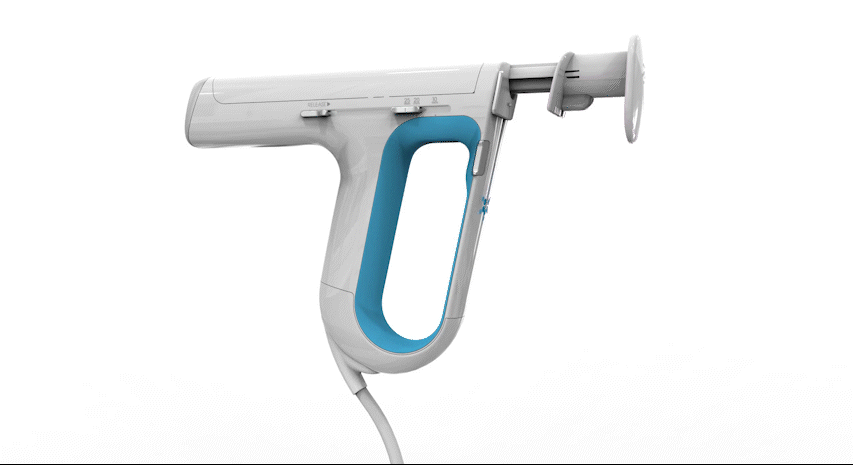
Psycho Aesthetics™: “It’s not how you feel about the design or experience, it’s how the design makes you feel”
– Ravi Sawhney
Our Human-Centered Methodology
RKS Utilizes our Human-Centered Methodology, Psycho Aesthetics, to identify the key opportunities in the market and drive innovation across sectors and categories. Ravi’s book, Predictable Magic, which discusses how our P/A Methodology can be leveraged as a business tool, is published through Wharton School of Business. RKS also has a Harvard Excercise and Harvard Case Study, which can discuss the methodology and provide people with an understanding of how to apply Psycho-Aesthetics to their product development planning.
In addition to these publications, RKS teaches Psycho-Aesthetics to USC’s MBA program and runs workshops to teach our methodology at UCLA, CSUN, SCAD, CSULB, along with many companies looking to integrate design thinking into their organization. Psycho Aesthetics is also part of the core curriculum at SCAD, the largest design university in the US.
P/A Map™ by RKS Design
P/A maps are a scalable design-strategy framework.They are a center point to Psycho-Aesthetics,providing a consistent lens to see the world through. Additionally, we find that usingP/A maps trigger recall at a higher level than occurotherwise. Viewing visuals trigger recall of processand insights that allow communication with higherlevels of depth, clarity, and conviction. The mapsbecome a new shared language between stakeholdersand ourselves.It is used to map personas, brands, and offeringsagainst the consumer’s Hierarchy of Needs,Desires, and Aspirations on one hand and levels ofinteractivity on the other. Once these entities aremapped, opportunity zones (White Space / BlueOcean) can be identified and design directions can bedefined and communicated.
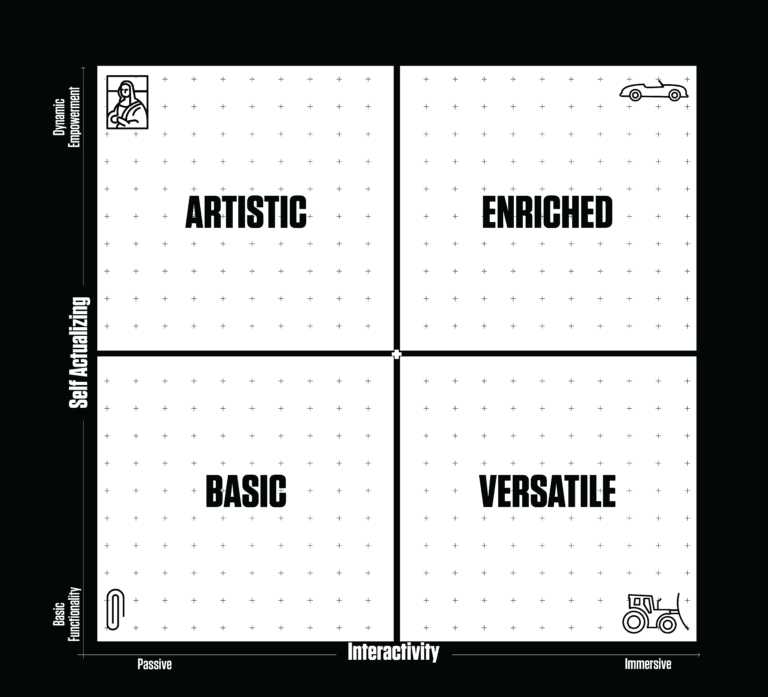
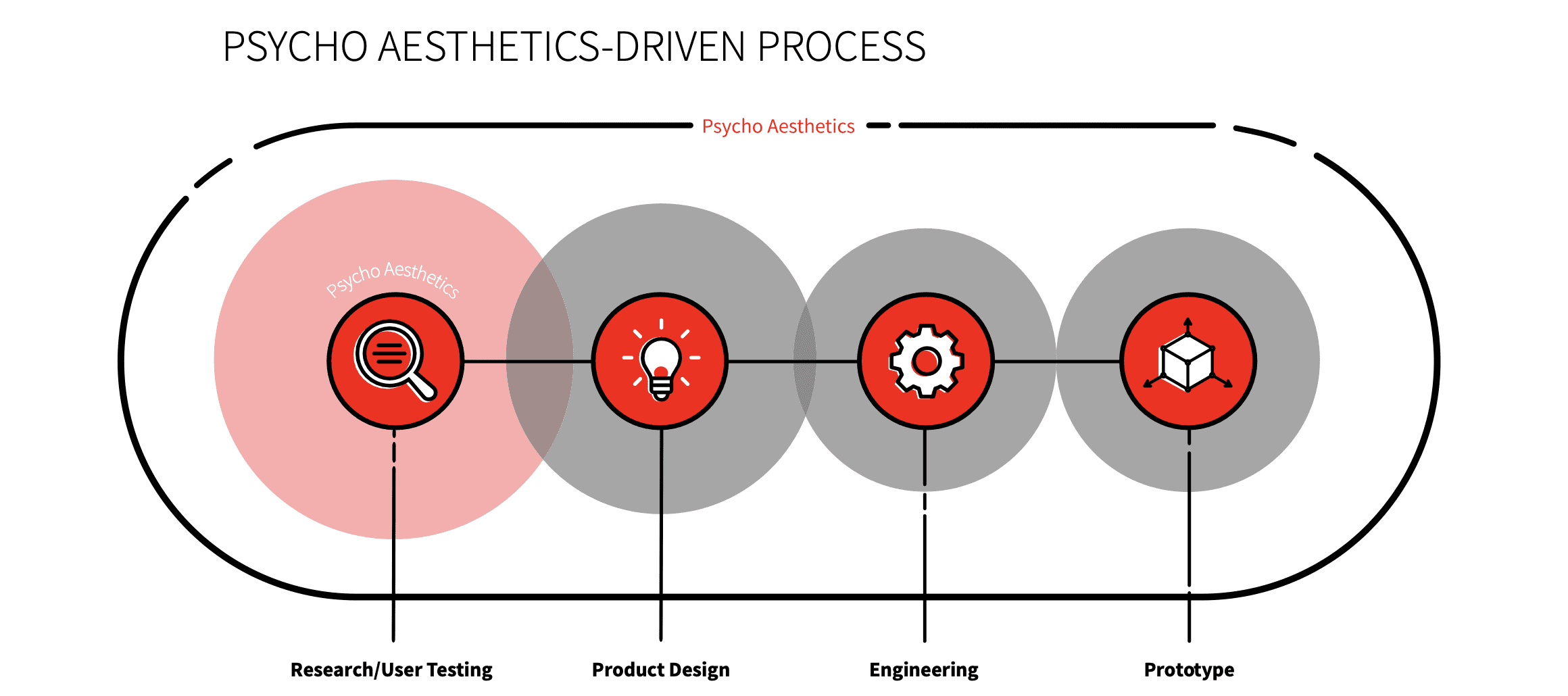
Research
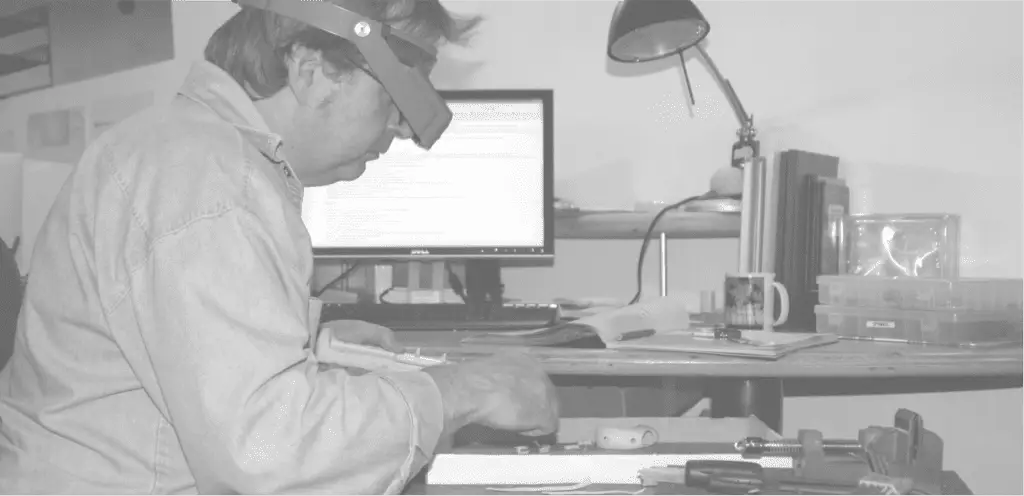
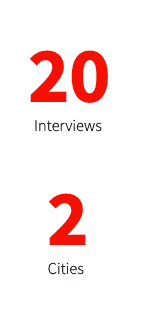
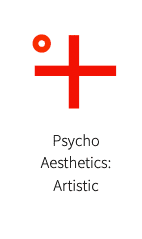
Interviews and Pain Points
Our research was focused on learning the technology and avenues for translation to humans through interviews. We focused our efforts on Penn State Hospital where we interviewed the doctors and researchers that had developed the original product.
The client’s initial focus was to treat AIDS in Africa. We synthesized pain points from this diverse set and realized that all ages and demographics, from the smallest villages to the largest cities, would reject or have high levels of fear and anxiety around a device with five needles and a syringe.
Psycho-Aesthetics and Key Results
We found an opportunity zone in the upper left quadrant of the P/A Map. This location indicated that we needed to design a simple and friendly product. All of the technology had to be hidden, and the person using the device needed to be comfortable with and have confident control over the device.
Our research indicated that showing the user five needles or the syringe might create anxiety that would cause them to contract their muscles and make it impossible to deliver the vaccine. As a result the device needed to sheath the needles and syringe, while delivering the vaccine and an electric charges.
Design
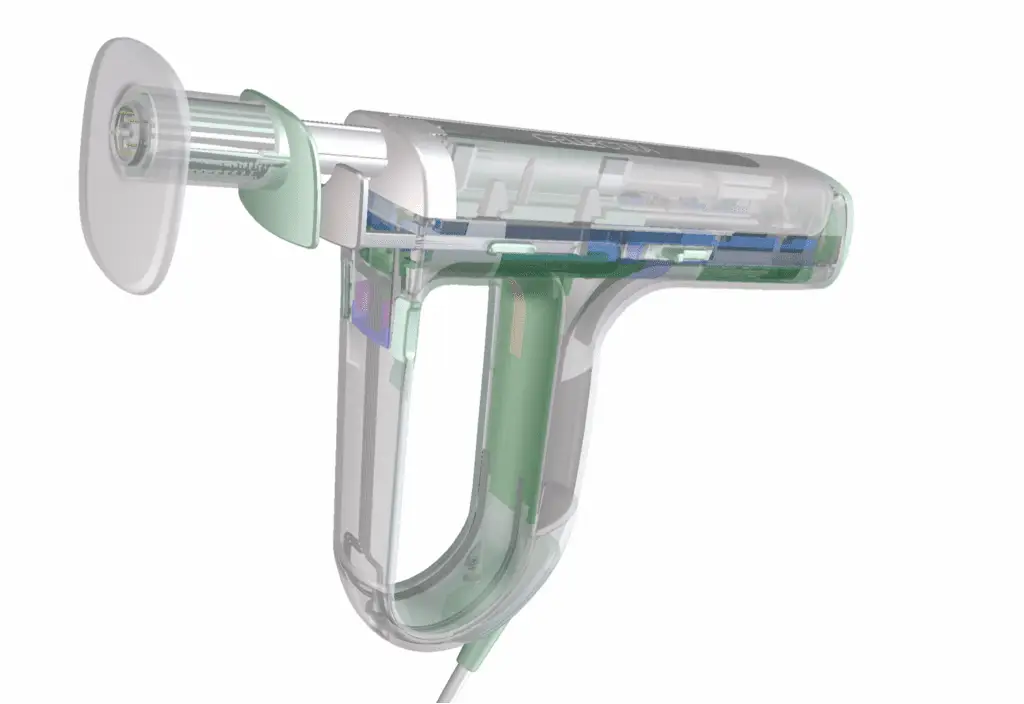
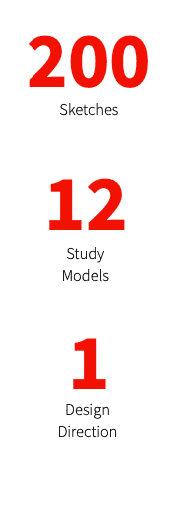
Ergonomics and UX/UI
Our ergonomic models leveraged our understanding of the mental state of a patient about to receive an injection. We focused on creating a design that was fresh and friendly and that perfectly fits the hand of the healthcare provider allowing them to reduce and respond to any fear of the treatment.
Our conceptualization of the UI/UX focused on the clinician and patient experience. The system needed to be a fully sterile disposable system with visual feedback on the back of the device for healthcare provider to receive updates on completion of the electroproration therapy.
Industrial Design Study Model Key Results
The industrial design focused on emulating softness and easy functionality resulting in a “pillow” shape with easy and friendly colors and materials, making a positive, soothing, clean, and confident device. The design needed to represent the highest level of technology in a humane and inviting way.
We explored the industrial design, the form factors, and usability through design studies based on CAD sketch configurations and early stage mockups to present the look and feel of the design. We emerged with a fresh yet universal and simple design direction that provided a naturally intuitive interaction for the healthcare worker while making the patient feel reassured and cared for.
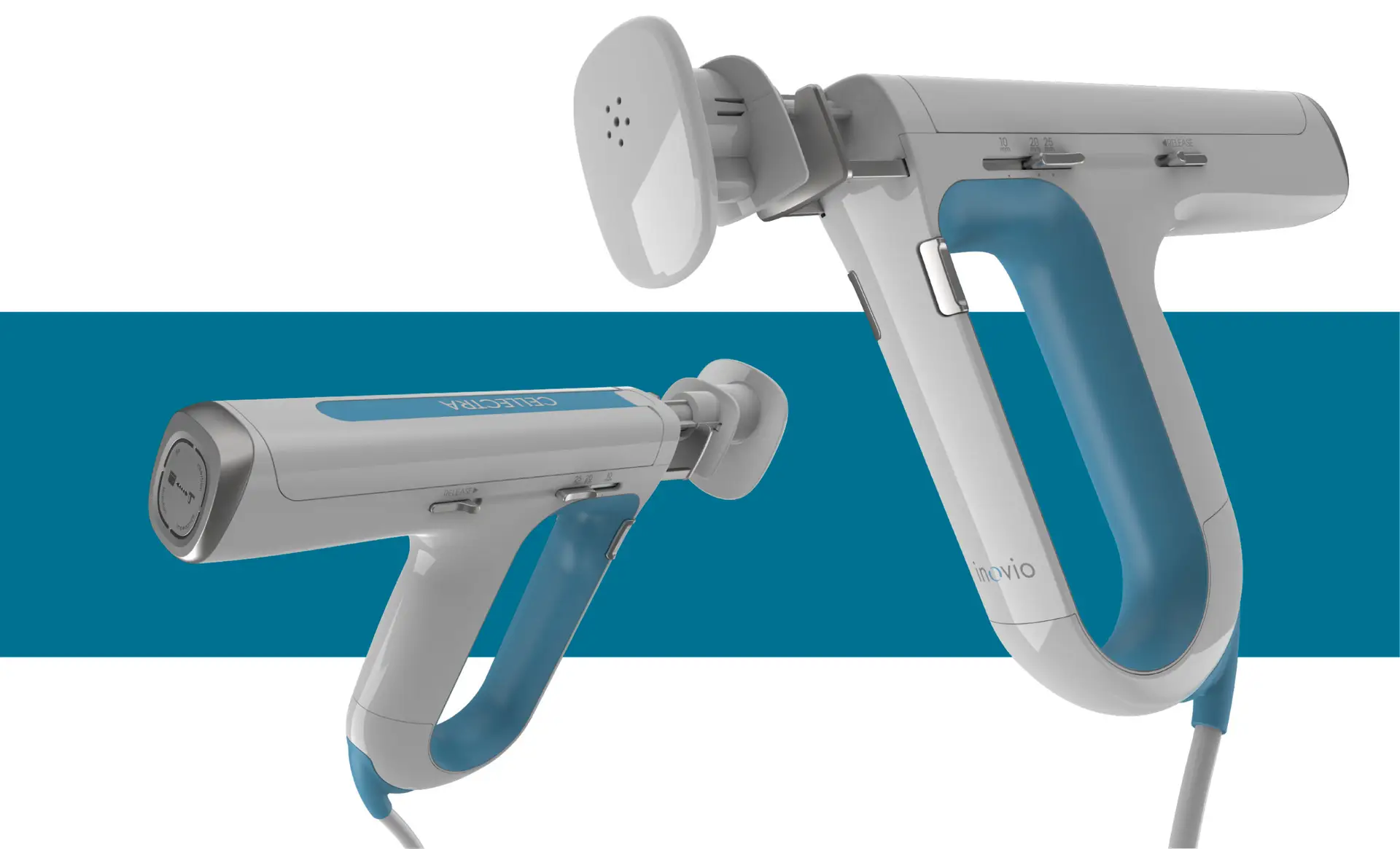
Engineering
Our engineering team focused on three main components of the device: the handpiece, mobile pulse generator, and disposable needle and syringe package. Each of the three were engineering to be fully integrated with the electronics and firmware, while taking into consideration the complete user journey.
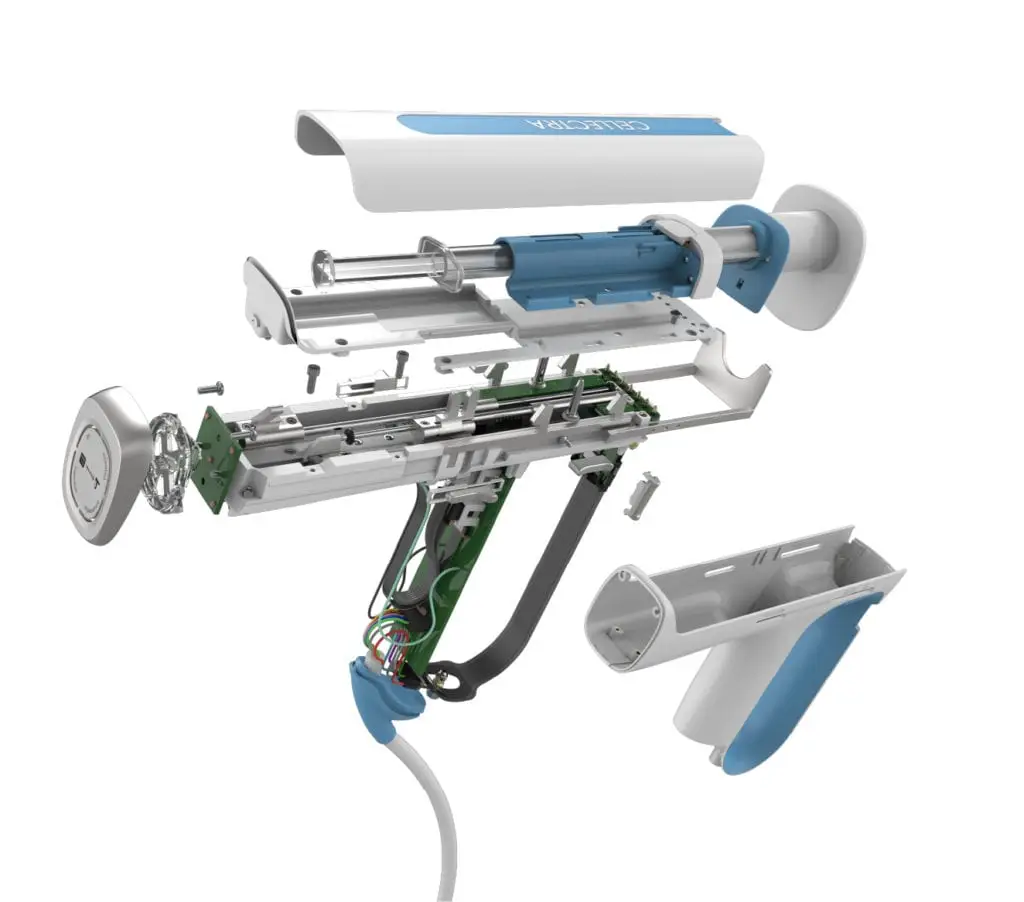
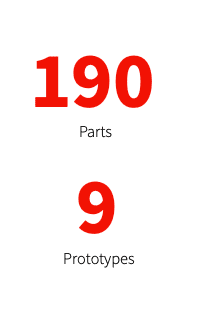
Mechatronics and Engineering Development
We integrated mechanical and electrical components into two motor-gear system, to insert the needles and deposit the vaccine, while allowing the handpiece to be controlled by left and right-handed caregivers. The handpiece required embedded control and feedback electronics that had to be packaged.
Collaboratively and concurrently with the industrial design team, our engineering team developed the basic engineering requirements, form factor, and basic architecture. Engineering had to meet requirements for performance that met human factor needs with functional performance and manufacturing and assembly constraints in mind.
Engineering Models and Key Results
In collaboration with electrical engineering team we made some early bench top systems that the team could share with electrical engineering partners and validate with their design while we developed our human-factors respecting design.
Generated an electromechanical design, and prototyped the design which performed to specifications and delivered and demonstrated the full-system prototype to the client.
Prototyping
The engineering process resulted in multiple prototypes utilizing rapid-prototyping 3D printing, and CNC milling to evolve the engineering design. These prototypes enabled materials sourcing in preparation for production.
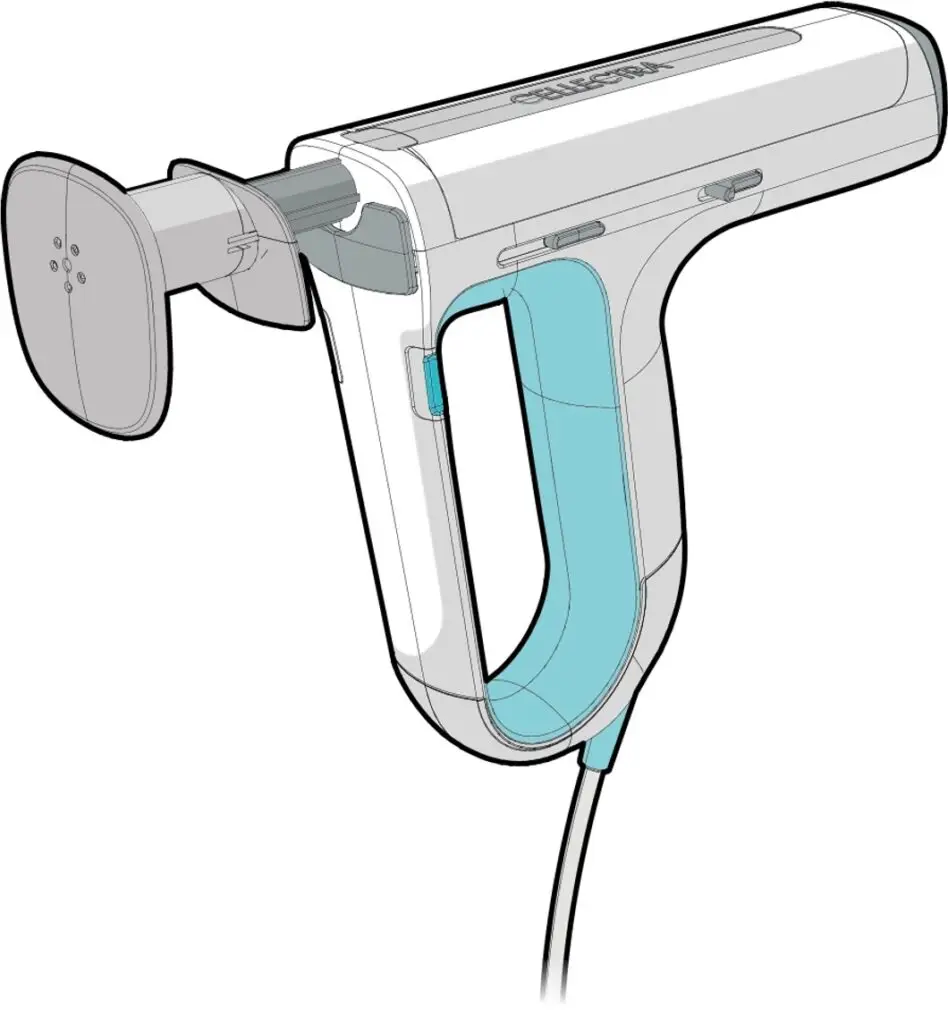
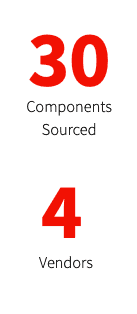
Vendor Liaising and Component Sourcing
Our collaborative and fluid relationship with VGX’s electrical engineering partner resulted
in regular engagements. We managed regular meetings to evaluate progress and align on mission-critical goals, and exchange prototypes for the purpose of converging into a well-integrated end-product.
We identified specific component needs, researched component vendors, and consulted with vendors to obtain samples for the prototypes, and test those samples. Our final specifications integrated motors which met demanding performance specifications while meeting small form factor needs.
Design for Manufacturing and Key Results
From the outset, the product was developed with the manufacturing processes in mind, and the details respected the constraints of those processes, which would ensure that there were no challenges in the manufacturing.
Identified and specified the appropriate components to meet the demand performance and human- factors requirements.
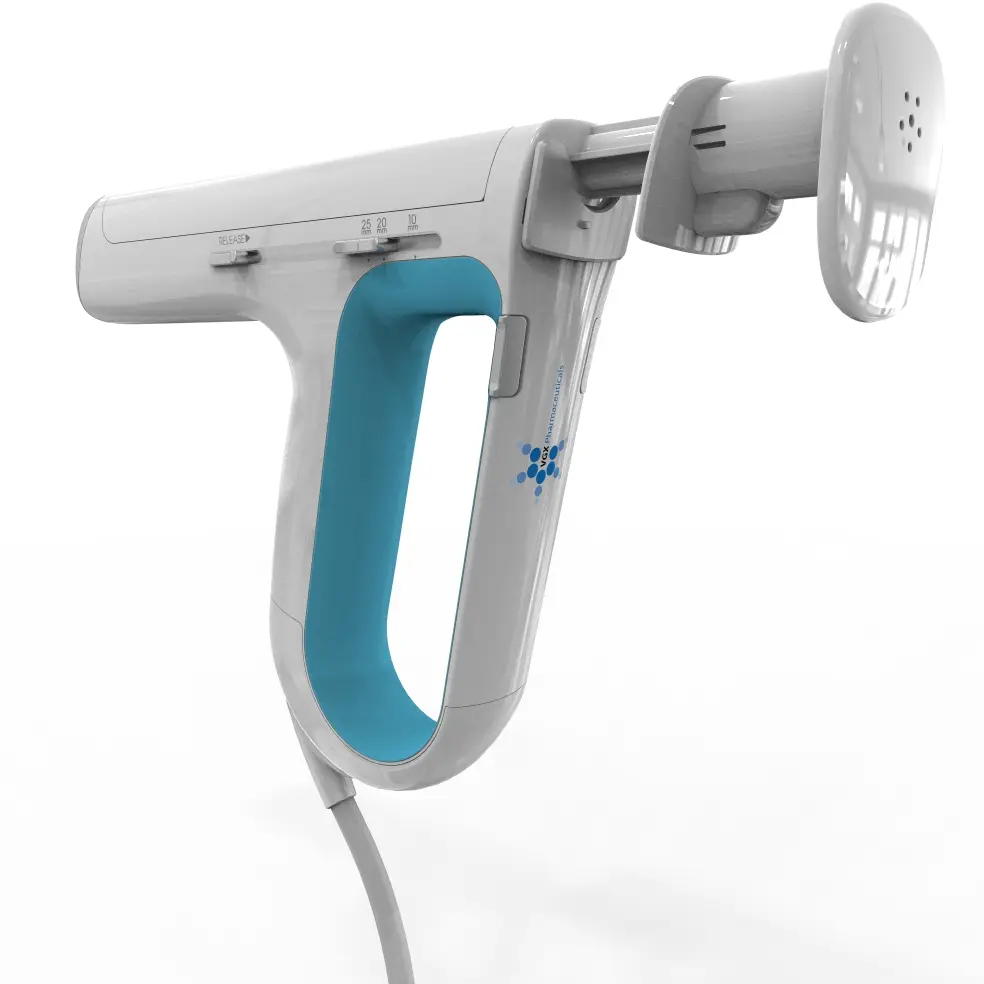
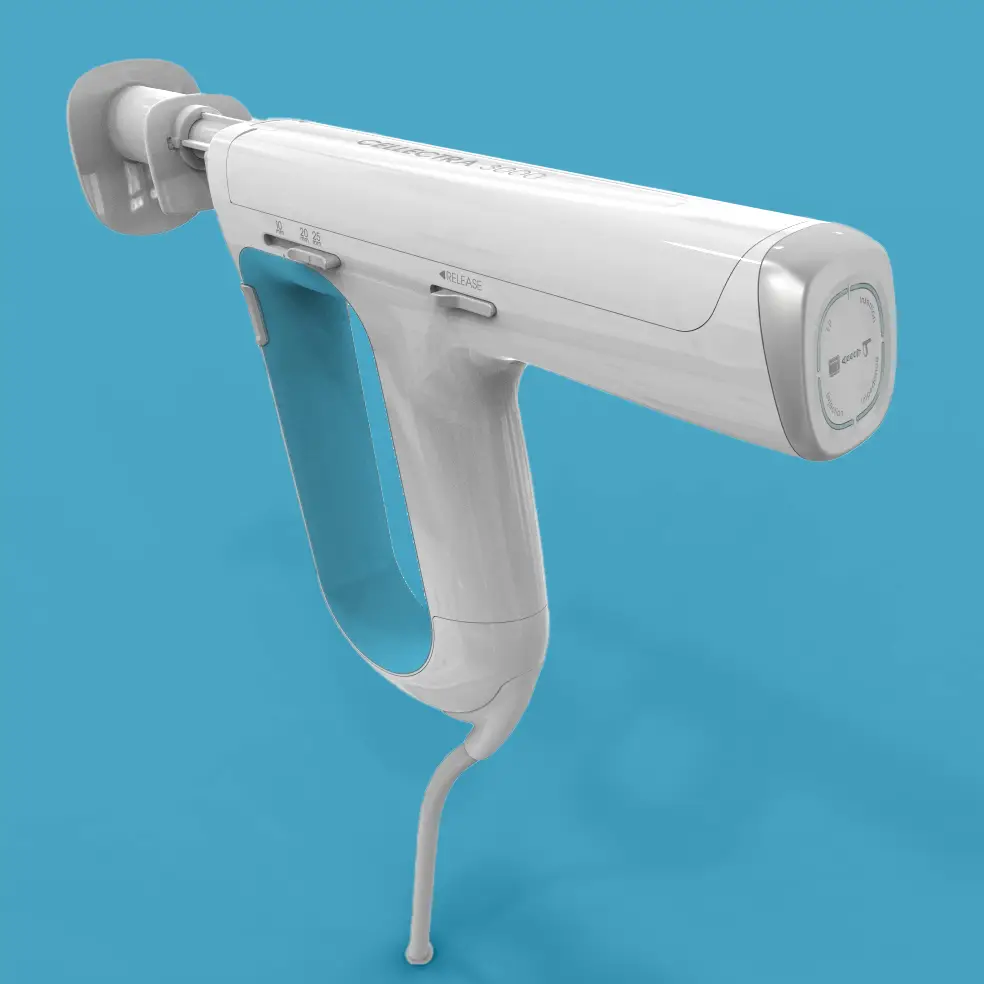
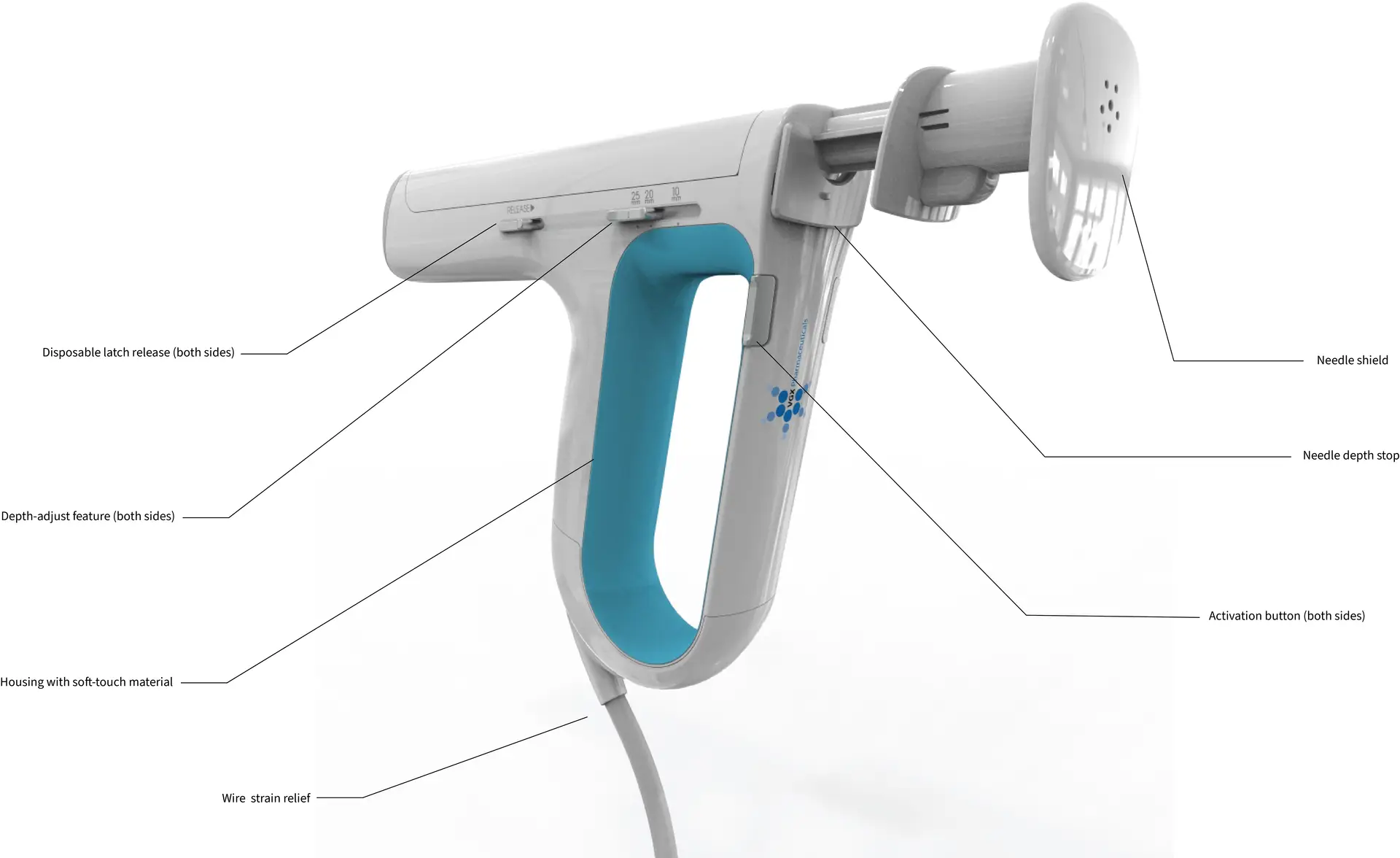
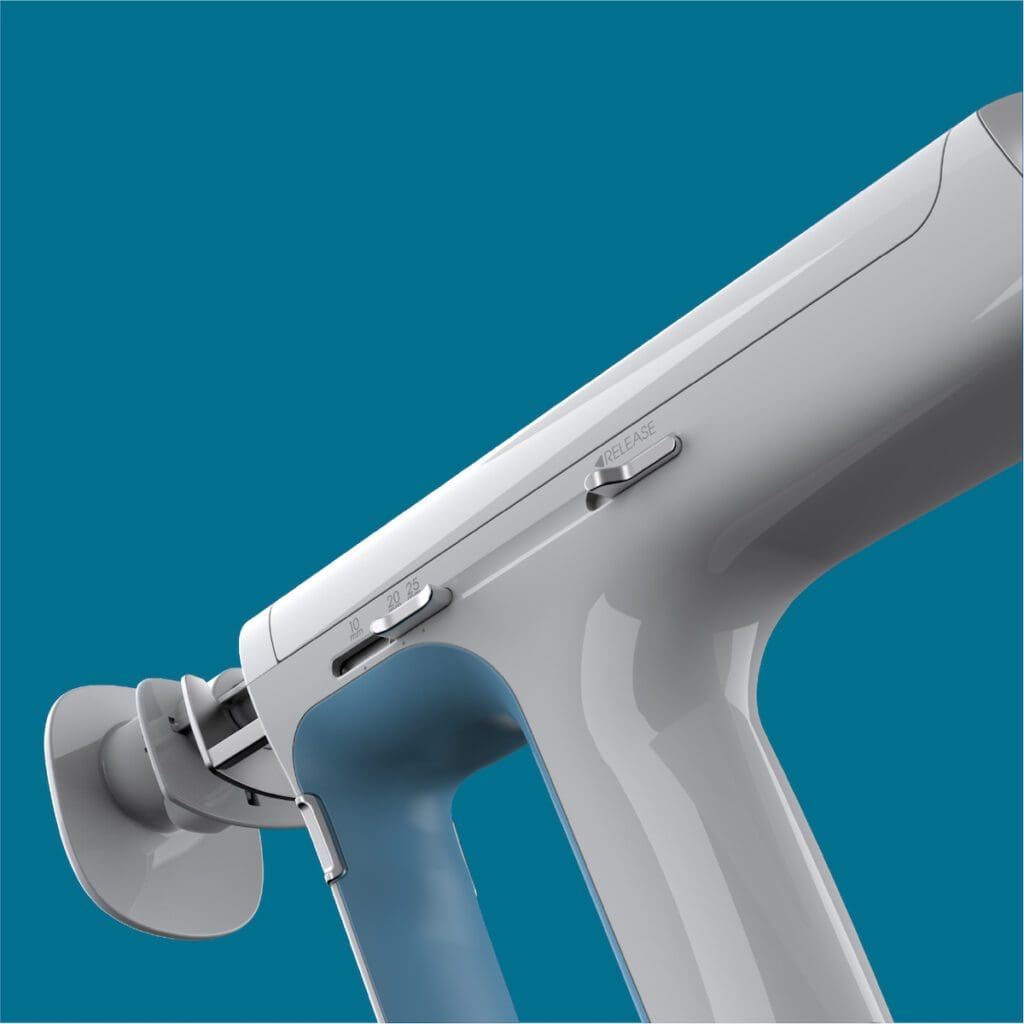
VGX Inovio
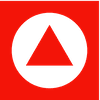

The Challenge

The Impact

The Outcome
Psycho Aesthetics™:
“It’s not how you feel about the design or experience, it’s how the design makes
you feel”
– Ravi Sawhney
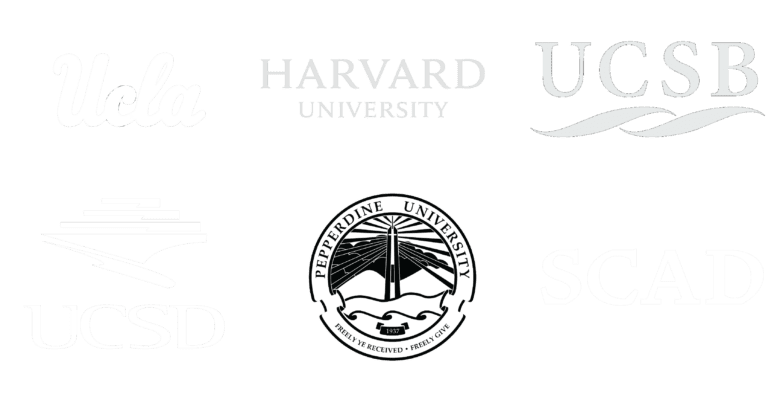
Our Human-Centered Methodology
RKS Utilizes our Human-Centered Methodology, Psycho Aesthetics, to identify the key opportunities in the market and drive innovation across sectors and categories. Ravi’s book, Predictable Magic, which discusses how our P/A Methodology can be leveraged as a business tool, is published through Wharton School of Business. RKS also has a Harvard Exercise and Harvard Case Study, which can discuss the methodology and provide people with an understanding of how to apply Psycho-Aesthetics to their product development planning.
In addition to these publications, RKS teaches Psycho-Aesthetics to USC’s MBA program and runs workshops to teach our methodology at UCLA, CSUN, SCAD, CSULB, along with many companies looking to integrate design thinking into their organization. Psycho Aesthetics is also part of the core curriculum at SCAD, the largest design university in the US.
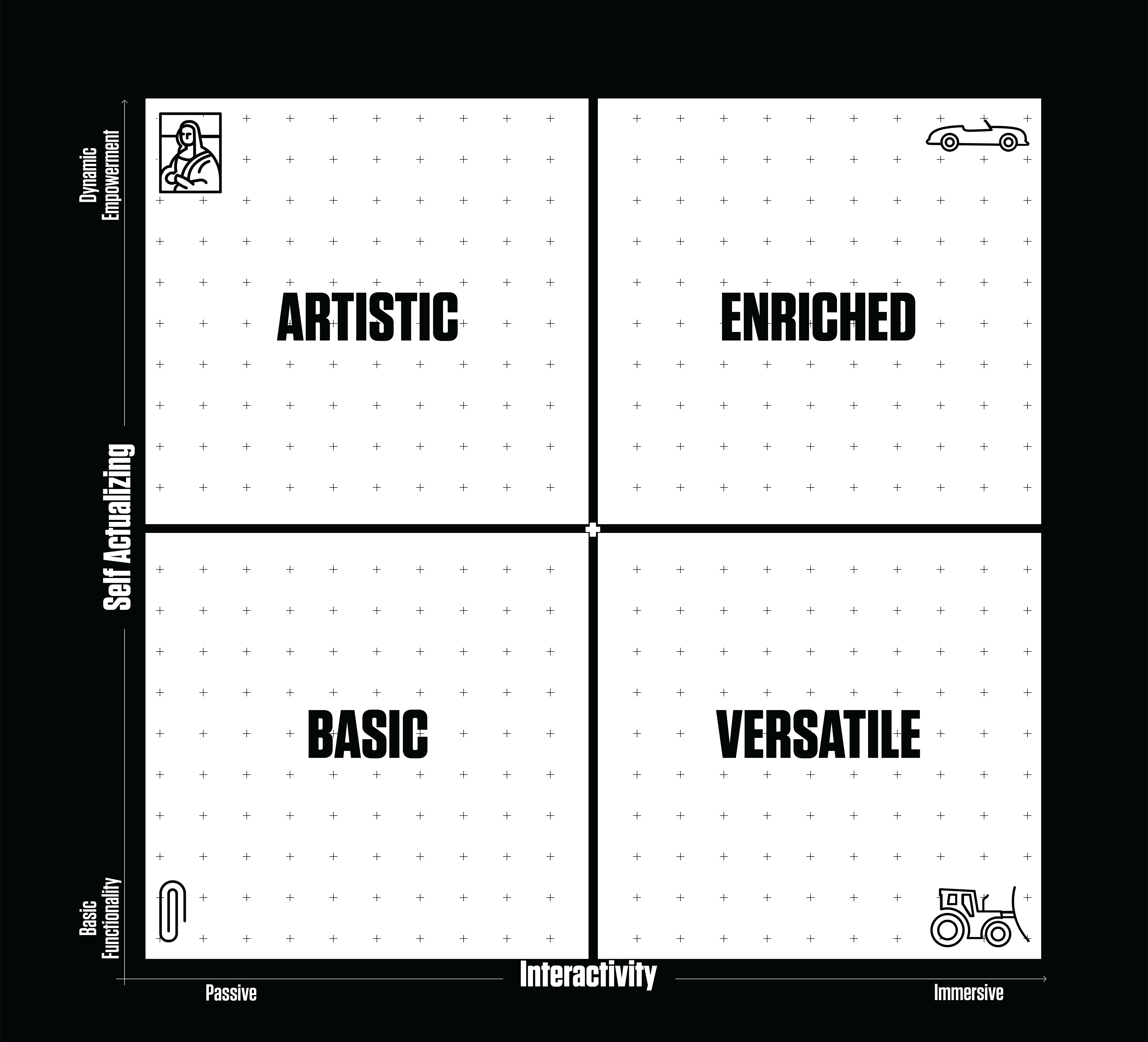
P/A Map™ by RKS Design
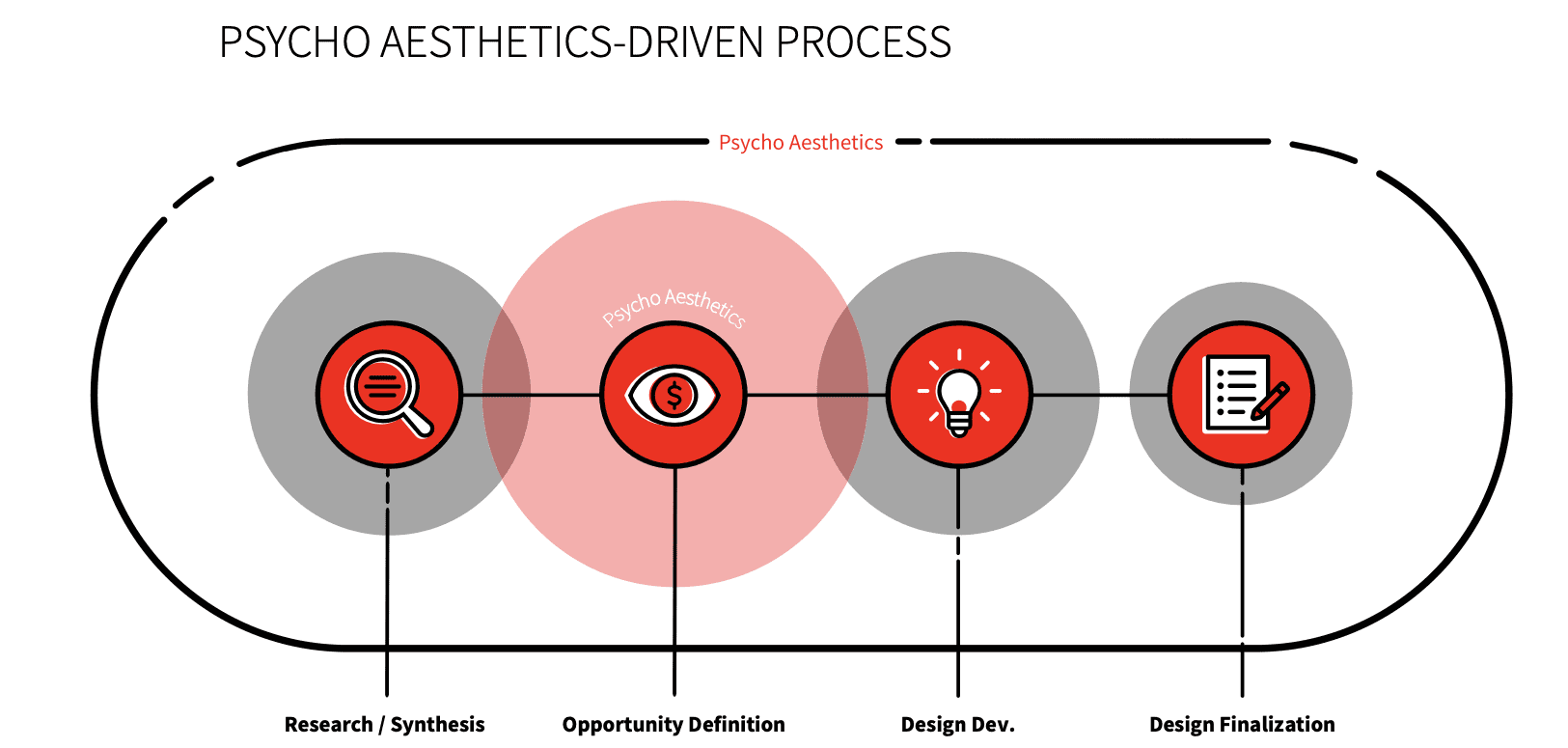

Research


Interviews and Pain Points

Psycho-Aesthetics and Key Results

Design

Ergonomics and UX/UI

Industrial Design Study Model Key Results


Engineering

Mechatronics and Engineering Development

Engineering Models and Key Results

Prototyping

Vendor Liaising and Component Sourcing

Design for Manufacturing and Key Results


